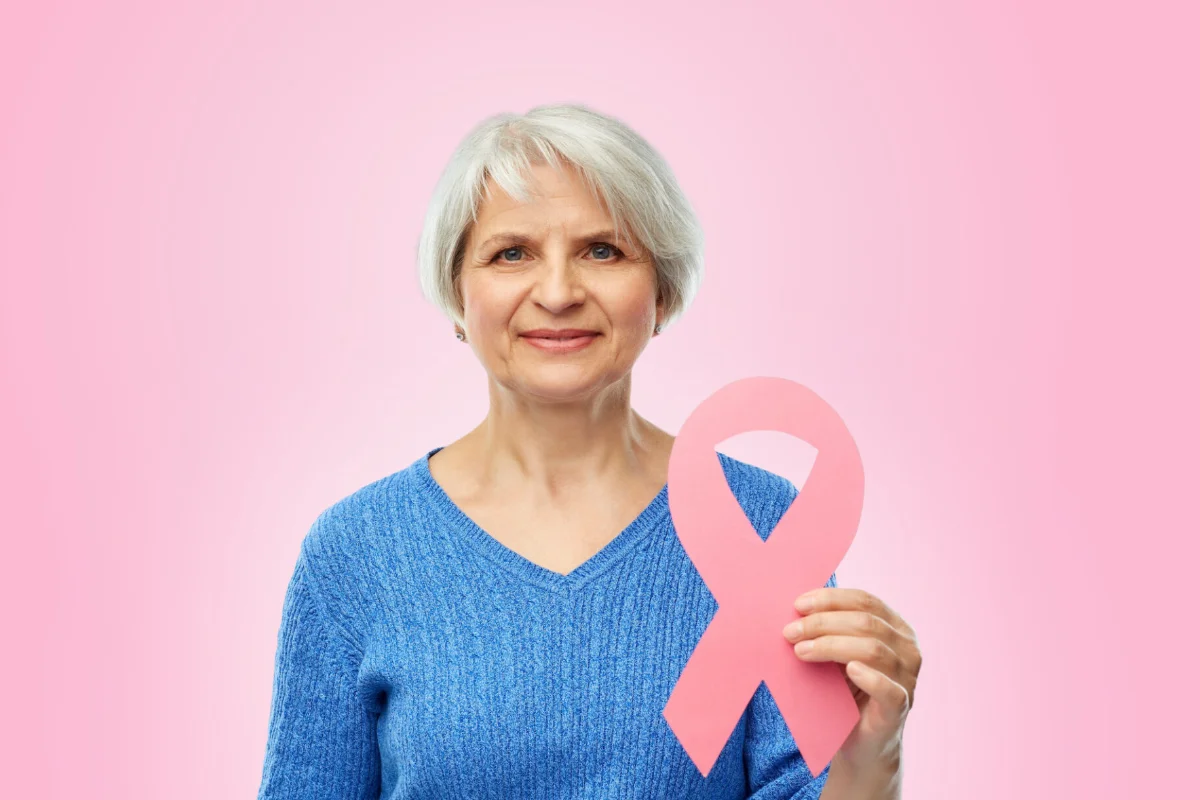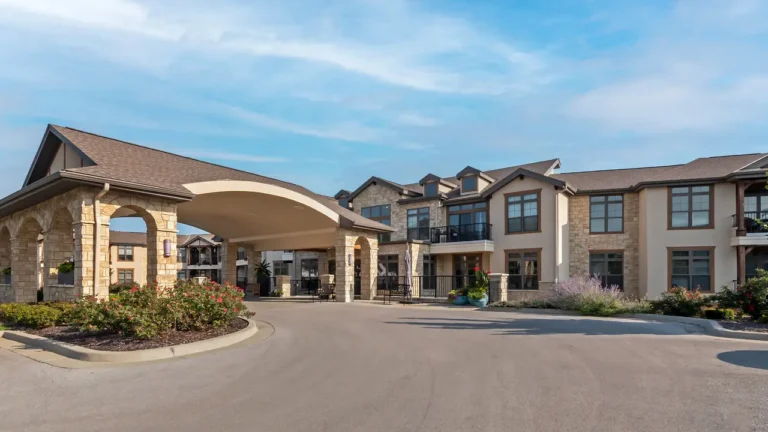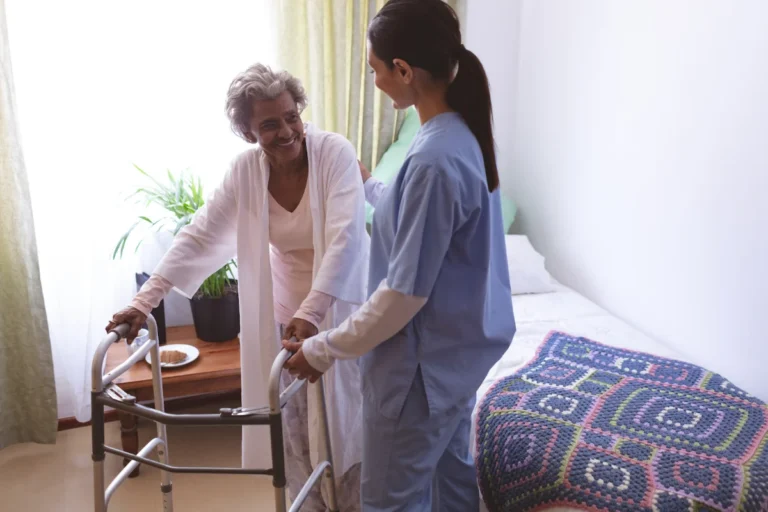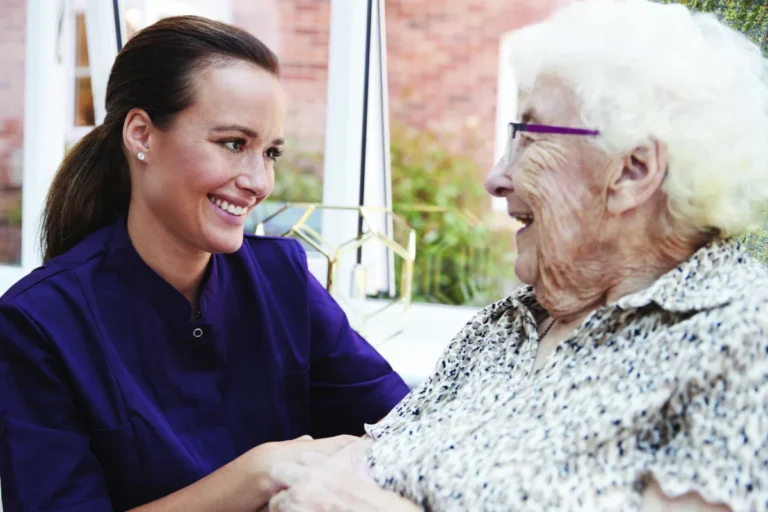October is Breast Cancer Awareness Month. The purpose behind this special occasion is to raise awareness about breast cancer, the risks and the warning signs, as well as to share educational information regarding breast cancer screenings and prevention.
Breast cancer is caused when the DNA in the breast cells changes or mutates. According to the American Cancer Society, American women have about a 13% chance of developing breast cancer in their lifetime. There are also health and lifestyle factors that can potentially increase the risk of developing breast cancer. These include:
- Alcohol use
- A sedentary lifestyle
- Obesity
- Not having children
- Never breastfeeding
- Early menstruation/late menopause
- Hormone intake
Most people are capable of fully recovering from breast cancer with the right care and treatment. However, as people begin their healing journey, it helps to know what is involved in breast cancer recovery and how to live their best life after breast cancer.
Recovering from Breast Cancer
It can be a relief to complete breast cancer treatment. However, for many survivors, once treatment ends, the worrying begins. What if the cancer comes back? Can you live a long life after cancer? How do you stay healthy?
Almost any cancer treatment will have side effects. Some effects might only last a few days, while others may last much longer. After breast cancer treatment ends, some survivors will continue to see effects of their treatment. After treatment has ended and the person is cancer-free, follow-up care will depend on several factors unique to that person. Doctor’s visits will be more frequent in the early days and less frequent as time goes by. It is recommended that, after breast cancer, people should work with their doctor to create a survivorship care plan. This plan may include:
- A summary of the diagnosis, what tests were done and the treatment received
- A suggested schedule for follow-up tests and exams
- A schedule for additional tests for the future, such as early detection screening tests for other types of cancer
- A list of potential side effects from treatment, including possible long-term effects
- Suggestions for physical activity, rehabilitation, diet and other lifestyle modifications
Life After Breast Cancer
Life after breast cancer may include mastectomy recovery and physical therapy after cancer treatment.
A mastectomy is a surgery that removes all breast tissue; it is one of several potential treatments for people diagnosed with breast cancer. Mastectomy recovery can take several weeks, and potentially longer; recovery time depends on many factors like age and overall health. Some families choose to move their loved one into a rehabilitation community, like Carlinville Rehabilitation & Health Care Center, to ensure their loved one has access to support on their healing journey and throughout mastectomy recovery. At Carlinville, each resident has a personalized care plan based on their individual needs and health goals, along with recommendations by their personal physician, specialty doctors and their family.
It is common for doctors to recommend physical therapy for cancer patients in order to help the person improve strength, mobility and flexibility. Breast cancer treatment is a grueling course, leaving many people exhausted, weak and with a compromised immune system. Just getting out of bed can be a daunting task, let alone exercising or playing at the park with grandchildren. This is where a physical therapist comes in. Despite advances in medical treatments, individuals who undergo breast cancer treatments typically experience extensive physical limitations during and after treatments. These limitations may include:
- Cancer-related fatigue (CRF)
- Pain
- Nerve damage
- Lymphedema
- Deconditioning
- Incontinence
There is strong evidence to support conservative management of these impairments through physical therapy. As each individual experiences different impairments during and after breast cancer treatment, it is important to have an individualized evaluation to focus your rehabilitation. At Hamilton Memorial Rehabilitation & Health Care Center, residents have access to physical therapy as part of a comprehensive approach to care and recreation. Using a multi-dimensional approach, the team at Hamilton focuses on all aspects of health and wellness during healing.
About Tutera Senior Living & Health Care
At Tutera Senior Living and Health Care, our rehabilitation and extended stay communities are completely focused on providing the best possible care and support following a surgery, illness or accident. Our communities are committed to creating a personalized experience for each of our residents. Your stay at a Tutera community begins with your YOUNITE Story, which is a collection of your personal history, your likes and dislikes, and your goals for your stay. We use your preferences to create a wellness program with access to nutritious, delicious, chef-prepared meals, social activities, physical therapies and personal development opportunities.
At Tutera Senior Living, we would love to answer your questions about rehabilitation and recovery programs in our communities. Interested in finding a Tutera community near you? Try our location finder! Or give us a call today.







